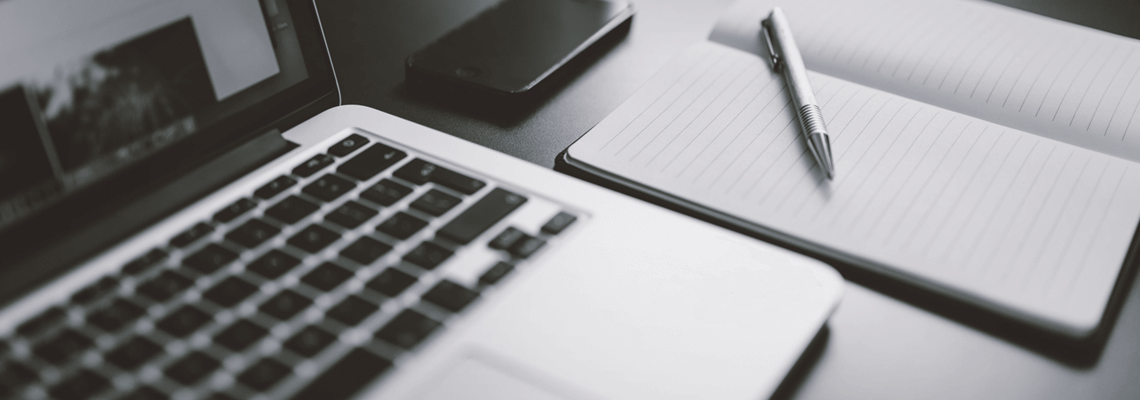
WINNING A SLIP AND FALL INJURY CASE: WHAT YOU NEED TO PROVE?
Accidents happen, often resulting in injuries. It is either your fault or the fault of someone else. It might be something you could have controlled or something that is totally out of your control. Thus, many people keep on wondering whether or not they have the options to pursue a legal course of action. This is especially true in case of a slip and fall injury. It is difficult to prove who was at fault in such a case. There are thousands of slip and fall cases reported in the U.S. each year and many people are seriously injured in these. From falling on the floor, slipping through the stairs or any other such accident, slip and fall cases happen due to many causes. However, it is sometimes difficult to prove that the owner of the property is at fault and their negligence or carelessness led to the falling or slipping which is the reason behind your injury.
LIABILITY IN SLIP AND FALL CASES
One of key issues in slip and fall cases is determining liability. Whether you are planning to file an insurance claim, settling out of court or filing a lawsuit, you will need to prove that the other party was liable for the injuries you have sustained because of the slip and fall incident. There are two main questions to ask in a slip and fall liability case.
· Liability: Who is the potentially liable party?
· Negligence: Who was negligent due to which the accident took place in the first place?
· Fault/Responsibility: If you are the plaintiff, you also need to defend yourself against a possible claim that your own negligence and carelessness resulted in your slipping, tripping, or falling, and that you somehow contributed to the accident.
THEORIES OF LIABILITY IN SLIP AND FALL CASES
To hold another party responsible for the injuries you have sustained in a slip and fall accident, you (the plaintiff) needs to typically prove one of the following:
The dangerous condition should have been recognized by the property owner. They should have taken necessary measures to remove the potential danger or repair it. They did not do anything to remove the danger which led to the injury in the plaintiff. The main question to answer here is whether or not a reasonable person could have identified the dangerous condition and if they had an opportunity to correct the situation before the slip and fall incident occurred
The dangerous condition was actually caused by the negligence of the property owner themselves. They left a hazardous and dangerous obstacle in the path of the visitors which could lead to a potential injury and harm.
NEGLIGENCE AND LIABILITY
You will often hear the word “reasonable” in slip and fall cases. This is because to be held responsible for the accident because of the negligent behavior, the defendant needs to be proved to have acted unreasonably in the situation and a prudent person would have acted otherwise. There are some important factors that can help you assess if the defendant was reasonable in their actions or not. These are:
Did the obstacle or the hazardous condition remained there for a long time that any other reasonable property owner would have taken a corrective action to make the premises safe for others?
Is there a policy where the premises are checked for any hazardous conditions routinely? If yes, is there a log or record that states that the procedure was followed before the accident happened?
Was there any reasonable justification of creating the potential hazard and if there was, did the reason still exist when the accident happened?
Could some preventive measures be taken that could make the condition a little less hazardous? Was it done? For example, any warning signs, cordoning off the area etc.
Did limited visibility because of poor lighting led to the accident and the injuries afterwards?
FAULT/RESPONSIBILITY
Perhaps the most difficult part to prove in a slip and fall accident case is whether or not the plaintiff contributed in any way to the accident or was it entirely the fault of the defendant? Here are some important things that can help decide if the plaintiff contributed to the accident or not.
Was the plaintiff engaged in any activity that prevented them from paying attention to the hazard, such as texting on their cell phone? Did it bar them from noticing the damage any other reasonable person would have noticed?
Was there a legit reason for the plaintiff to be in the area where the accident took place? Did they have a lawful access to this area or were they out of bound?
Were there adequate warning signs displayed in the dangerous area and were ignored by the plaintiff?
If the defendant is able to prove that any action of the plaintiff likely caused the accident to take place, it becomes difficult to win the case. Thus, you need to take help from professional personal injury lawyers in Kentucky to take up your case in the court the best way. If you need professional help in a slip and fall case, you can get in touch with us for our experienced services. We also offer free consultation services where you can call and discuss your case in detail before making any decision to follow the legal path for claiming compensation for your injuries or not. We will take care of all the aspects in your personal injury case and you will get the right amount of compensation that you deserve. Get in touch with us today to discuss your case with Mike Breen’s office through our free consultation service at: 270-355-7264.
